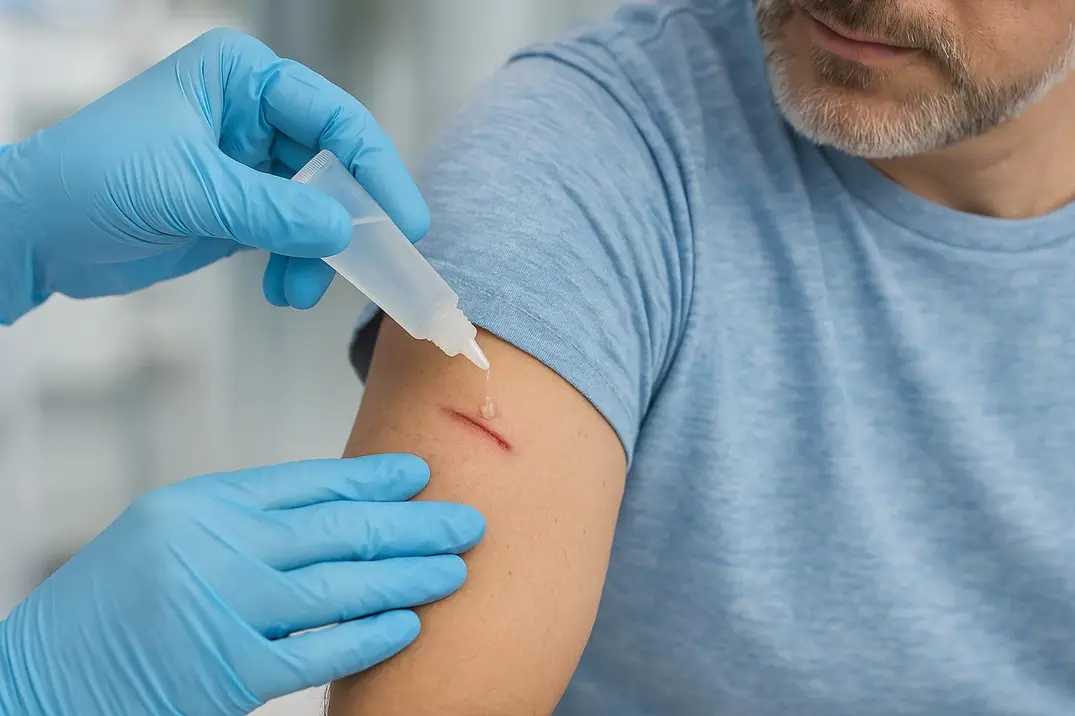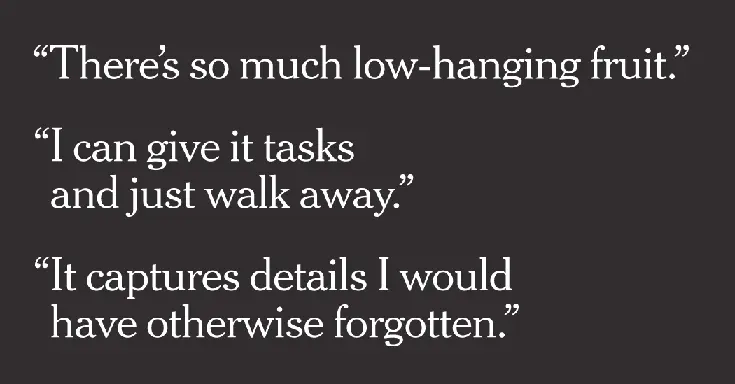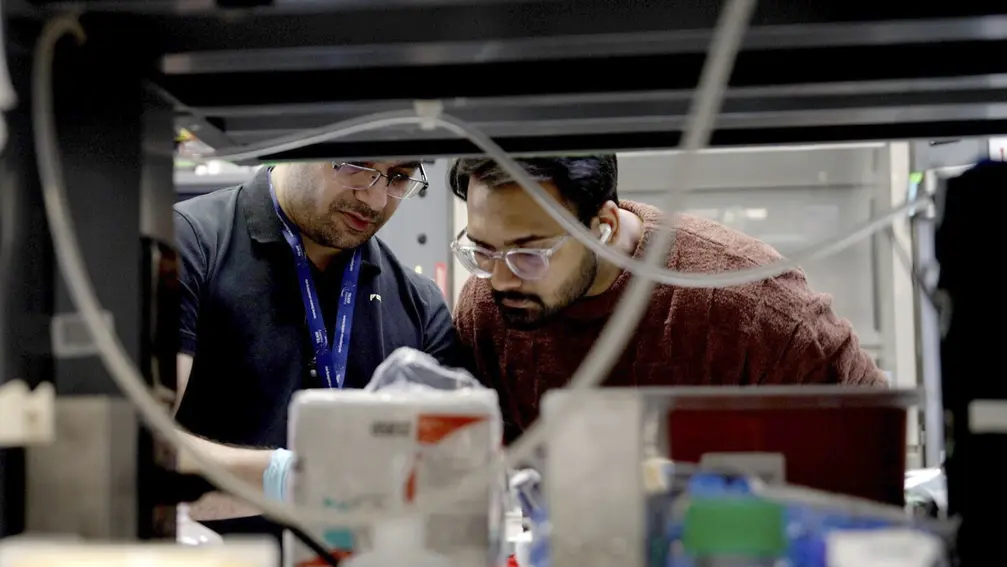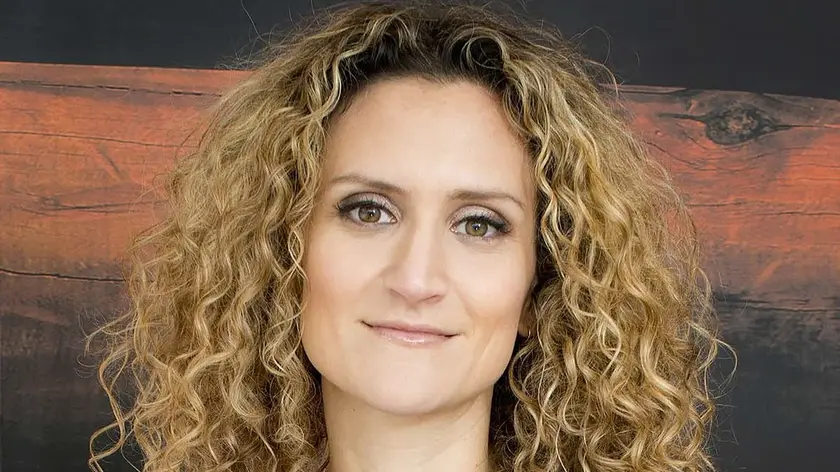T4K3.news
Medical glue advances may cut bleeding time
New barnacle-inspired glue seals wounds in seconds, possibly changing emergency care and surgery.

A barnacle-inspired glue seals bleeding wounds in seconds and may replace stitches, staples, and slow adhesives in future surgeries.
New bio-inspired medical glue seals bleeding wounds in seconds
Researchers at MIT and the Mayo Clinic are developing bioadhesives that can seal wet tissues and stop bleeding quickly. The paste combines medical-grade silicone oil with engineered polymer microparticles to push away blood and fluids so tissue can bond, forming a seal in about 15 seconds even on bloodied wounds. In animal tests, the adhesive sealed liver injuries in pigs and performed better than existing products, while dissolving safely inside the body over time. A separate line of work has produced an adhesive that can be detached on demand with a mild chemical solution, enabling surgeons to reposition implants or remove devices without further damage.
These advances are meant to cut surgery times, reduce scarring, and improve patient recovery. If successful in larger trials and cost-effective to produce, the glues could supplement or even replace sutures and staples in some procedures, with potential use in ambulances and battlefield care. Regulators will weigh safety, biocompatibility, and long-term outcomes before widespread adoption.
Key Takeaways
"We are solving an adhesion problem in a wet, dynamic environment"
Zhao on tissue adhesion challenges
"The moldable paste can flow in and fit any irregular shape and seal it"
Wu describing the paste made from silicone oil and polymers
"Real products that can save lives"
Zhao on translating research into clinical tools
"A tight seal forms within about 15 seconds"
Lab results on the adhesive performance
The results are promising, but the real test lies in large patient trials and real-world use. If doctors can rely on a glue that seals quickly in wet tissue, it could shift how emergency care and surgeries are planned and executed.
The reversible, on-demand adhesive adds a cautious optimism. It reduces the fear of getting stuck with devices that cannot be removed without tissue damage, while still demanding rigorous safety data. The path to clinical adoption will hinge on cost, training, and clear regulatory guidelines that reassure clinicians and patients alike.
Highlights
- The moldable paste can flow in and fit any irregular shape and seal it.
- We are solving an adhesion problem in a wet, dynamic environment.
- Real products that can save lives.
- A tight seal forms within about 15 seconds.
The next tests will show if lab gains translate to real patients.
Enjoyed this? Let your friends know!
Related News

Liver cancer cases could double by 2050

AI tools expand in workplaces

Vaccine research funding cut raises alarms

Stock Markets Climb as Earnings Reports Approach

Body quirks draw online attention

Transfer news intensifies as deadline approaches

Surge in egg donations raises health concerns

Job losses predicted due to research funding cuts
